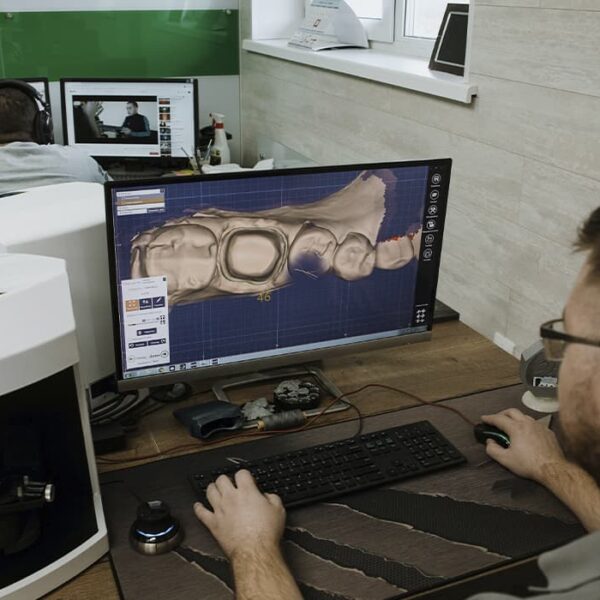Performing surgeries
VR and AR technologies are now most actively used in medicine to prepare for and perform surgeries.
Three-dimensional CT and MRI data help create a virtual model of the patient and prepare for surgery, taking into account risks and potential problems. Surgeons have been using these machines for several years to prepare for particularly complex interventions.
For example, Surgical Theater’s virtual reality-based platform helps plan neurosurgical surgeries in the U.S. and Israel. In 2021, this solution was used at Soroka Medical Center (Israel) to perform the most complex surgery to separate twins with conjoined heads. With the help of Surgical Theater, doctors created interactive 3D and VR models, which allowed them to study the problem areas through a special headset. Next, the surgical procedure was designed. In the last step, using SNAP (Surgical Navigation Advanced Platform), the created scheme was transferred to the surgical navigation system of the operating room.
It should be noted that the operation to separate the heads of Siamese twins is extremely rare and has been performed about 20 times worldwide.
AR technologies are no less in demand. In particular, in May 2021, the Nevada Spine Clinic performed a highly complex spine surgery. The Medtronic Mazor X robotic platform and the xvision AR headset were used. With the combination of these technologies, the surgery, which normally takes 6-7 hours, was completed in less than 2 hours.
Rehabilitation of patients after strokes and injuries
Medical studies have shown that during rehabilitation, most patients have serious problems with motivation and engagement – only 30% of the required exercises are performed, which is very, very low. VR technology can improve this rate with gamification.
Virtual technology is now widely used to rehabilitate people after strokes and restore limb mobility after injuries. Pompeu Fabra University (Spain) uses a solution that projects the patient’s outstretched arms onto a screen. Using sensors, the patient can control them as his own, with one drawback: the virtual limbs move more accurately and faster than the real ones. Just a 10-minute session boosts the patient’s confidence and speeds up recovery.
There are examples of using VR technology to treat children with cerebral palsy.
Psychological rehabilitation
Virtual reality technology is being actively tested to combat a variety of phobias, including post-stroke syndrome. Virtual reality is safe and manageable. By immersing themselves in the simulation of disturbing moments or making contact with the object of their fear, patients gradually get rid of their phobias.
In terms of real cases, Psious VR Therapy is an online platform that provides psychotherapists with tools for dealing with various kinds of phobias, eating disorders, depression and post-traumatic stress disorder.
VR and AR solutions for medicine at the testing and research stage
In addition to the medical solutions listed above, research into the potential of virtual and augmented reality technologies for the following purposes is underway:
For pain management, or more specifically, pain reduction;
For the treatment of dementia, nervous system lesions and mental disorders;
To help the blind and visually impaired;
To diagnose diseases, including Parkinson’s disease;
To develop communication skills, empathy;
To simulate various conditions and diseases, thereby allowing a better understanding of the patient’s sensations;
For aesthetic medicine, allowing you to “try on” possible changes in appearance.
